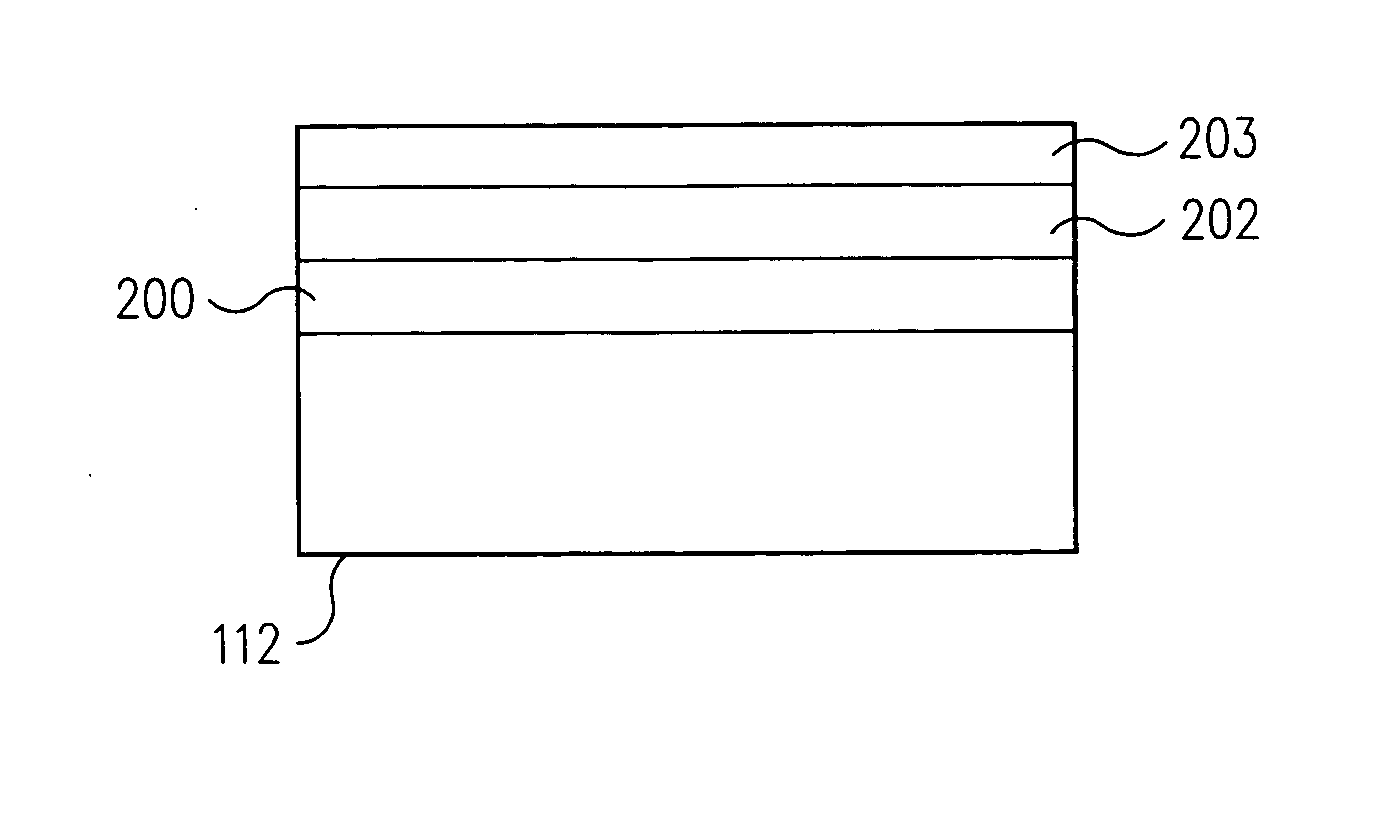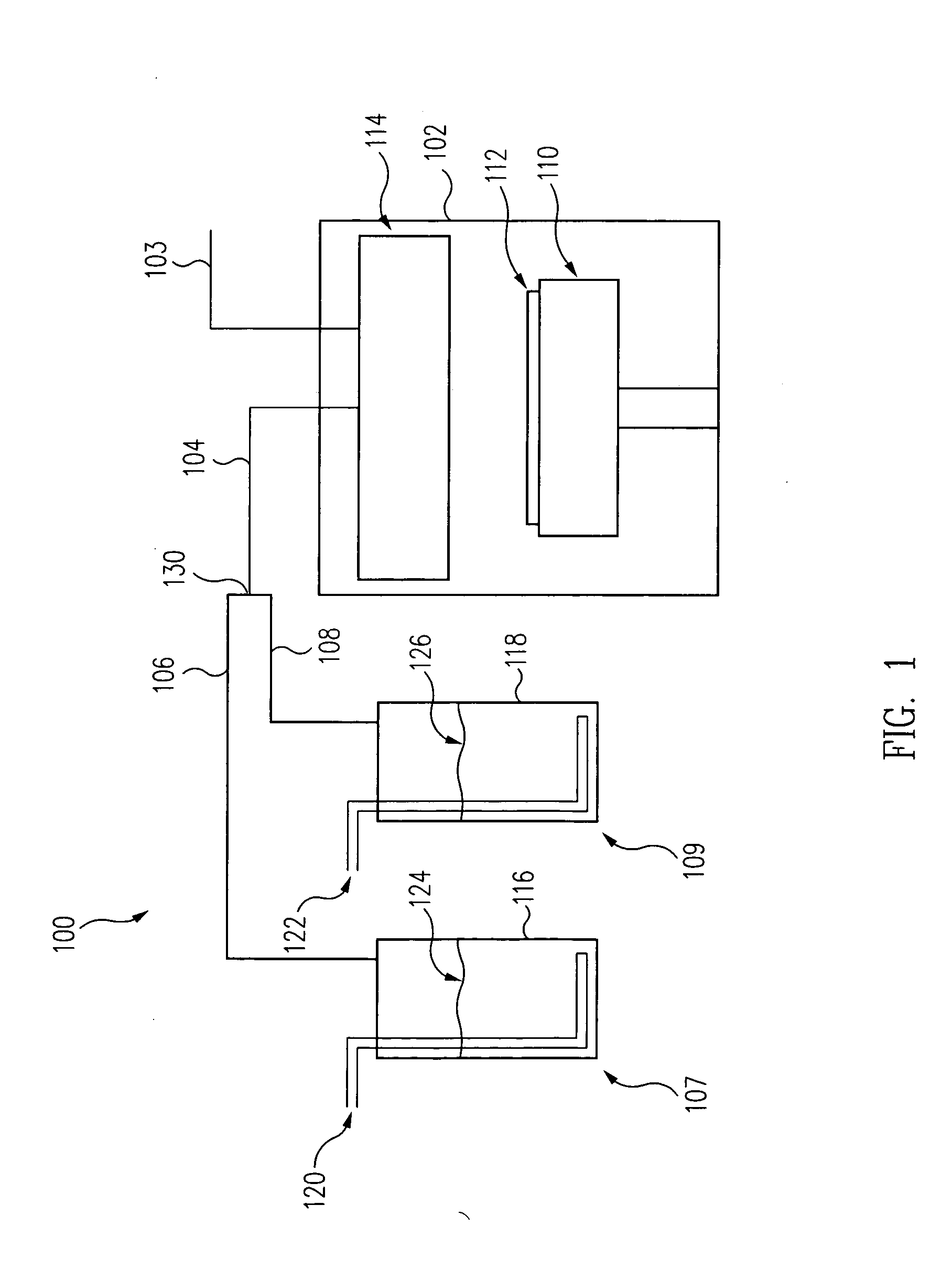System and method for forming multi-component dielectric films
- Summary
- Abstract
- Description
- Claims
- Application Information
AI Technical Summary
Benefits of technology
Problems solved by technology
Method used
Image
Examples
Embodiment Construction
[0036] In general, the inventors have discovered a method that provides for mixing precursors such that a mixture of precursors are present in a chamber during a single pulse step in an atomic layer deposition (ALD) process to form a mono-layer having multiple chemical compounds on the surface of a substrate. The precursors are comprised of different chemical components, and such components will form the multi-component film. The inventors refer to this method as “co-injection ALD.” Such a method is a departure from the prior art, where the vaporized precursors are conveyed or pulsed separately into the chamber in the ALD process. A variety of multi-component films may be formed by the present invention, including but not limited to: metal, metal alloy, mixed metal oxides, silicates, nitrides, oxynitrides, and mixtures thereof.
[0037] In one aspect the present invention provides a system and method for reproducibly and substantially uniformly controlling the stoichiometric compositi...
PUM
| Property | Measurement | Unit |
|---|---|---|
| Pressure | aaaaa | aaaaa |
| Pressure | aaaaa | aaaaa |
| Flow rate | aaaaa | aaaaa |
Abstract
Description
Claims
Application Information
 Login to View More
Login to View More - R&D
- Intellectual Property
- Life Sciences
- Materials
- Tech Scout
- Unparalleled Data Quality
- Higher Quality Content
- 60% Fewer Hallucinations
Browse by: Latest US Patents, China's latest patents, Technical Efficacy Thesaurus, Application Domain, Technology Topic, Popular Technical Reports.
© 2025 PatSnap. All rights reserved.Legal|Privacy policy|Modern Slavery Act Transparency Statement|Sitemap|About US| Contact US: help@patsnap.com



